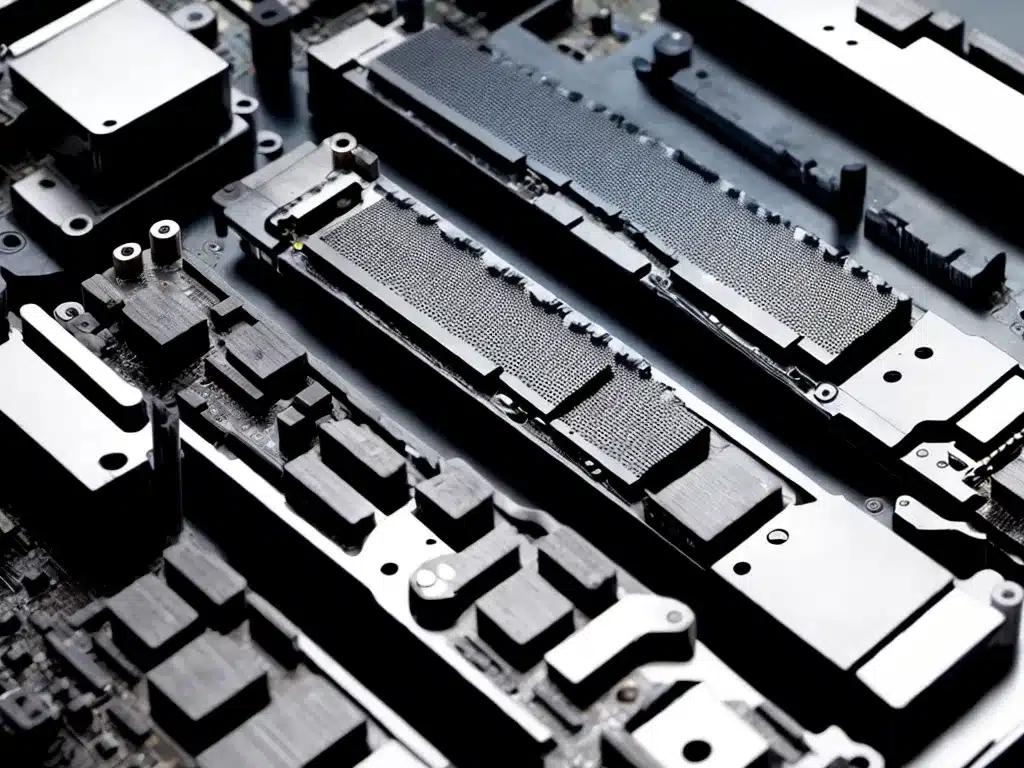Introduction
Random Access Memory (RAM) is a crucial component in all computers. It provides short-term storage and quick access for the data and instructions needed by applications and the operating system. However, RAM can sometimes malfunction or fail, leading to a variety of problems. In this article, I will provide an in-depth look at the best methods for diagnosing and resolving faulty RAM issues.
Symptoms of Faulty RAM
There are several common symptoms that may indicate an issue with your RAM:
-
Frequent crashing or freezing – The system randomly freezes or crashes, especially when running memory-intensive programs.
-
Blue screen errors – Errors like “PAGE_FAULT_IN_NONPAGED_AREA” point to RAM failures.
-
Data corruption – Files, folders, or programs become corrupted for no apparent reason.
-
Performance issues – The system runs slowly despite no other programs running. Operations seem sluggish.
-
Beeping sounds – Some computers beep in specific patterns to indicate RAM issues.
-
Detection issues – The full RAM amount does not show up properly in the system information.
Any of these symptoms can signal faulty RAM that needs troubleshooting.
Diagnosing RAM Issues
Several methods can help diagnose RAM problems:
Memory Diagnostic Tool
-
Most operating systems like Windows and Linux have built-in RAM test tools. For example, Windows Memory Diagnostic runs on boot and checks for errors.
-
This diagnostics tool can identify bad RAM sectors and raise alerts. It takes about 5-10 minutes to perform a full scan.
Check RAM Seating
-
Open the computer case and check that the RAM modules are properly seated in the motherboard slots.
-
Reseat the RAM sticks and listen for audible clicks to ensure the contacts engage properly. Faulty seating can cause RAM detection issues.
Test RAM Sticks Individually
-
Remove all but one RAM module and test computer performance. Then swap modules and retest.
-
This isolation method reveals if an individual stick is faulty and causing problems.
Test with Known Good RAM
-
Swap in a RAM module from another computer known to be working properly.
-
If issues persist, then the problem lies with motherboard slots or settings rather than the RAM itself.
Check Third Party Diagnostics
-
Use comprehensive diagnostics like MemTest86+ to analyze RAM. It tests extensively and logs any errors.
-
This helps pinpoint bad sectors on RAM even without OS native tools.
Resolving RAM Issues
Once diagnosed, RAM issues can be addressed with these fixes:
Update BIOS, Drivers, and Firmware
-
Outdated supporting software can sometimes lead to RAM instability or detection problems.
-
Update to latest BIOS, chipset drivers, and SSD firmware for compatibility.
Adjust RAM Settings in BIOS
-
Enter BIOS settings and check if the RAM speed, timings or voltage need adjustment for stable performance.
-
Loosening timings or increasing voltage can reduce RAM issues in some cases.
Reseat or Swap RAM Slots
-
If issues persist in one RAM slot, try reseating the module or using another motherboard slot if available.
-
Similarly, swap positions between problem sticks to check for slot specific faults.
Clean RAM Contacts
-
Use isopropyl alcohol and a soft brush to gently clean the RAM sticks’ contact pins and motherboard slots.
-
This removes oxidation or debris buildup that can cause connection problems.
Replace Faulty RAM
-
If diagnostics confirm a particular RAM stick is bad, replacement is necessary. Match the new module’s specs to the old.
-
Buy RAM from reputable brands to avoid premature failures. Consider investing in ECC RAM for enhanced error checking.
Conclusion
Diagnosing and fixing RAM issues requires methodical troubleshooting. Follow the step-by-step procedures outlined here – checking symptoms, running diagnostics, reseating and replacing RAM sticks until full functionality is restored. With some diligence, you can resolve most RAM failures and enjoy stable computing performance again.













